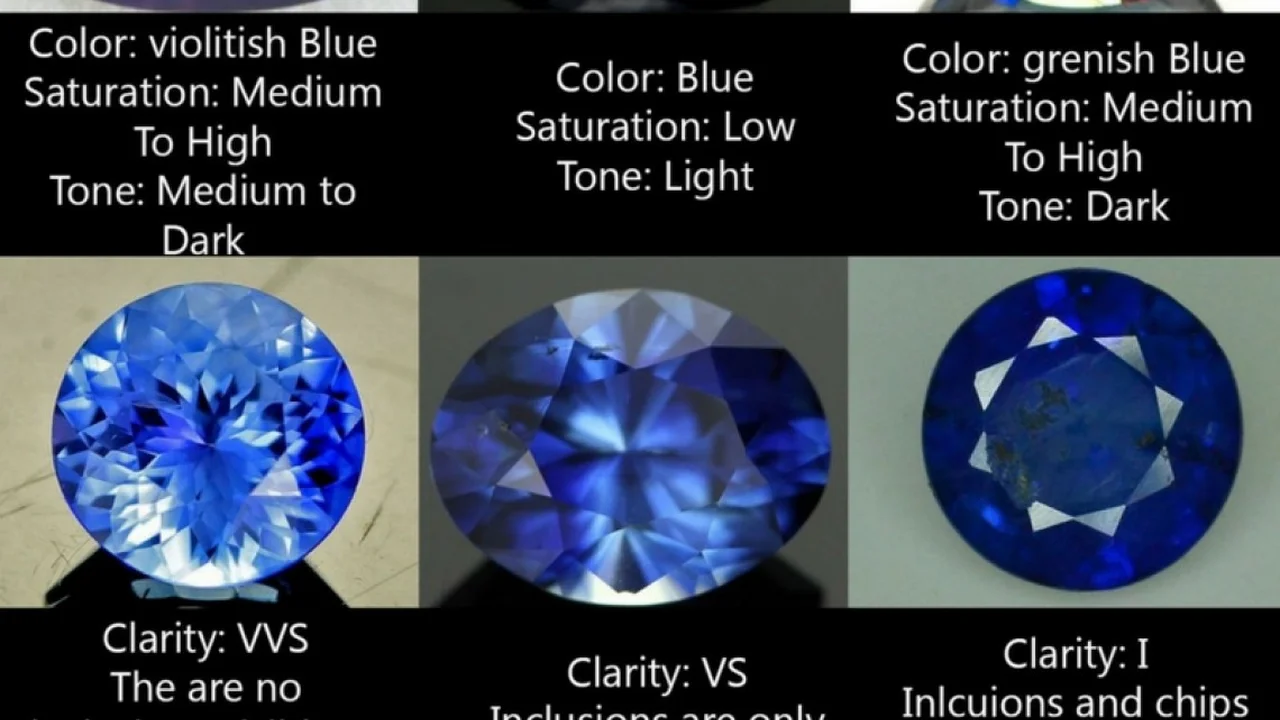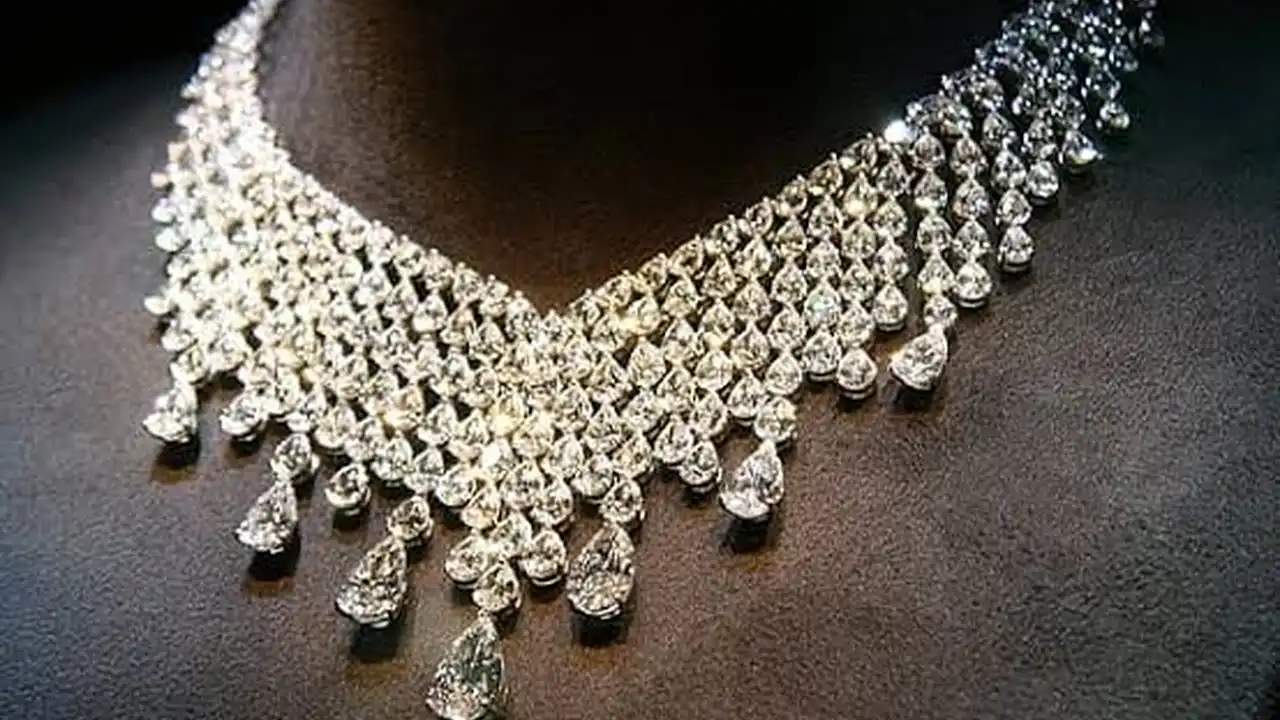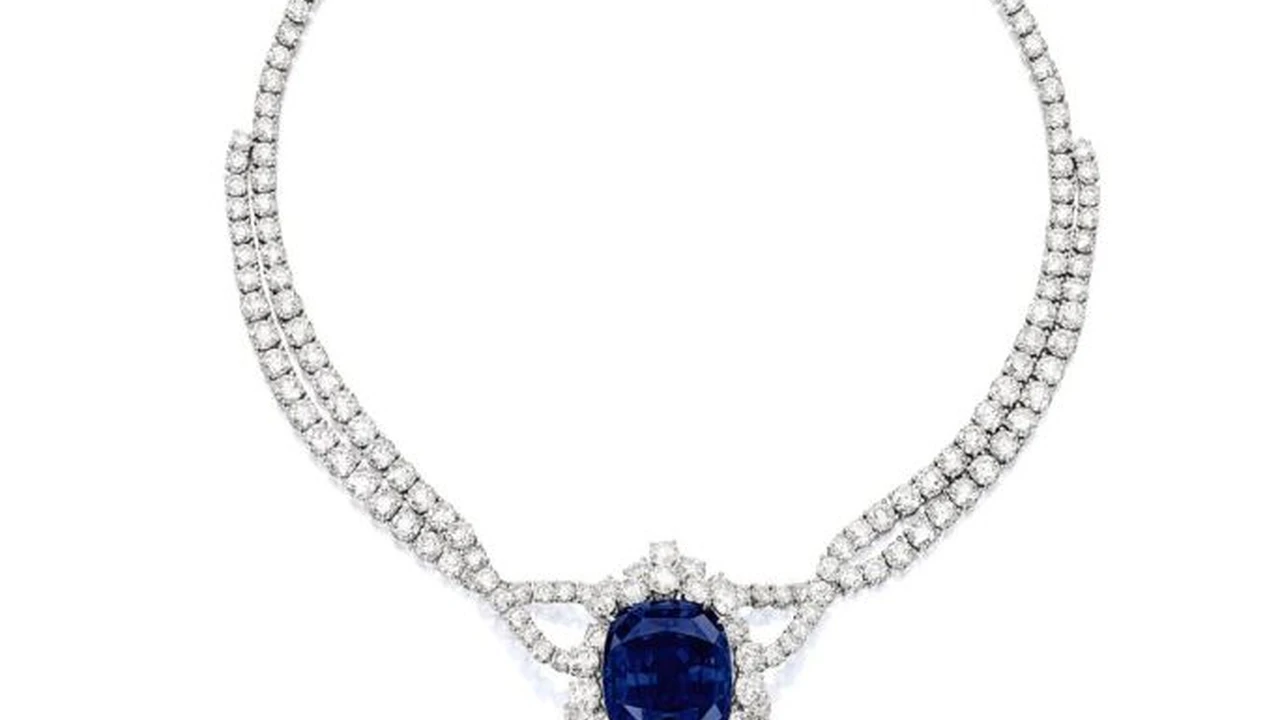Sapphire Price Trends US vs Southeast Asia
Analyze sapphire price trends in the US and Southeast Asian markets. Understand the factors influencing regional variations and investment opportunities.

Sapphire Market Overview US Trends
Okay, let's dive into the sapphire market in the US. What's happening? Well, generally, the US market is driven by a demand for high-quality, certified sapphires, particularly those with excellent color and clarity. Think Ceylon sapphires (Sri Lanka) and Kashmir sapphires (though those are super rare!). People are willing to pay a premium for these stones, especially if they come with a reputable lab report like GIA or AGL. We're seeing a steady increase in demand for engagement rings featuring sapphires, often as a unique and colorful alternative to diamonds. This demand is pushing prices up, particularly for larger stones (over 2 carats) with exceptional characteristics. Also, keep an eye on vintage and antique sapphire jewelry; these pieces often hold significant value due to their history and craftsmanship.
Southeast Asia Sapphire Price Drivers
Now, let's hop over to Southeast Asia. Here, the market is a bit different. You've got a mix of local demand and tourist-driven sales. Countries like Thailand and Myanmar (Burma) have a long history of gem trading, and you'll find a wider variety of sapphires available, including those from local mines. The price drivers here are a little more diverse. Color is still king, but factors like cut and local cultural preferences play a bigger role. For example, star sapphires are particularly popular in some regions. Also, keep in mind that bargaining is a common practice in many Southeast Asian markets, so the listed price isn't always the final price. The rise of online marketplaces and e-commerce is also influencing prices, making it easier for buyers to compare prices across different sellers. Finally, the economic growth in many Southeast Asian countries is leading to increased disposable income and a greater demand for luxury goods, including sapphires.
US vs Southeast Asia Sapphire Value Factors
So, what are the key differences in value factors? In the US, certification is HUGE. A GIA or AGL certificate can significantly increase the value of a sapphire. Clarity is also a major concern for US buyers. They generally prefer eye-clean stones with minimal inclusions. In Southeast Asia, while certification is becoming more important, it's not always a deal-breaker. Color and cut often take precedence. Also, some buyers in Southeast Asia may be more accepting of inclusions, especially if they don't detract from the overall beauty of the stone. Origin also plays a role. For example, Burmese sapphires are highly prized, but sapphires from other origins can still command high prices depending on their quality.
Product Recommendations and Price Comparison
Alright, let's talk specifics. Here are a few sapphire products and price comparisons:
Product 1: 2.5 Carat Ceylon Sapphire Engagement Ring
Description: A stunning 2.5-carat Ceylon sapphire, oval cut, set in a platinum ring with diamond accents.
US Market: Expect to pay around $8,000 - $12,000 depending on the clarity and diamond quality.
Southeast Asia Market: You might find a similar ring for $6,000 - $10,000, but be sure to check the certification and stone quality carefully. Bargaining is key!
Usage Scenario: Perfect as an engagement ring or a special occasion gift.
Product 2: 5 Carat Burmese Sapphire Pendant
Description: A rare 5-carat Burmese sapphire pendant, cushion cut, set in 18k white gold.
US Market: This could easily fetch $25,000 - $40,000, especially with a strong red hue and excellent clarity.
Southeast Asia Market: Prices could range from $20,000 - $35,000, but authentication is crucial. Look for a reputable seller with a proven track record.
Usage Scenario: A statement piece for formal events or a valuable addition to a gemstone collection.
Product 3: 1 Carat Star Sapphire Earrings
Description: A pair of 1-carat star sapphire earrings, round cabochon cut, set in sterling silver.
US Market: These might sell for $500 - $800 depending on the star effect and color intensity.
Southeast Asia Market: You could find similar earrings for $300 - $600, particularly in markets known for star sapphires.
Usage Scenario: Everyday wear or a casual accessory.
Sapphire Investment Risks and Rewards
Investing in sapphires, like any investment, comes with risks and rewards. The rewards can be significant. High-quality sapphires have historically appreciated in value, especially rare and exceptional stones. They offer diversification from traditional investments like stocks and bonds. Plus, they're beautiful and can be enjoyed as jewelry. However, there are risks to consider. Market volatility can impact prices. Authentication can be challenging, and scams are a real concern. Liquidity can be an issue; it may take time to find a buyer willing to pay your desired price. So, do your research, work with reputable dealers, and be prepared for the long haul.
Future Sapphire Market Predictions
Looking ahead, the sapphire market is expected to continue to grow, driven by increasing demand from both the US and Southeast Asia. The rise of e-commerce and online marketplaces will likely make it easier for buyers to access a wider variety of sapphires and compare prices. However, sustainability and ethical sourcing will become increasingly important considerations for buyers. Sapphires from conflict-free sources and those mined with environmentally responsible practices will likely command a premium. So, keep an eye on these trends as you navigate the sapphire investment landscape.
:max_bytes(150000):strip_icc()/277019-baked-pork-chops-with-cream-of-mushroom-soup-DDMFS-beauty-4x3-BG-7505-5762b731cf30447d9cbbbbbf387beafa.jpg)






